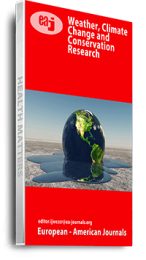While access to water remains an essential issue in arid and semi-arid regions, aquifers have the potential to help millions of people out of a reliable source of water. Boreholes are increasingly advocated as a safe and cost-effective substitute to mechanized drilling, as well as to traditional excavation methods. The main target of the present study is to evaluate and locate the possibilities of water resources occurrence in the proposed area, indicate whether to use a deep well or a shallow dug well. The study consists of three steps; the first step was drilling the dug well after data collection and allocates the suitable well location. The second step included a pumping test for the productive well lies at Nabq- Sharm El-Sheikh – South Sinai with a depth of 114 meters which was done. The third step included a water quality monitoring for the well, as the samples was taken each 12 hours for 3 days from the existing well. It is concluded that for the presented model of using large diameter wells instead of small diameter wells has shown insignificant improvement in the well yield in the study area. For the well under consideration, it is recommended to operate this well for a pumping rate of 50 m3/hr (for 24 hours per day) to maintain the long-term drawdown at 3 meters in addition to the well losses which is less than 0.5 meter.
Keywords: Deep Well, Development Area., Hydrogeology Study, Pumping Test, Water Quality, Water Resources

